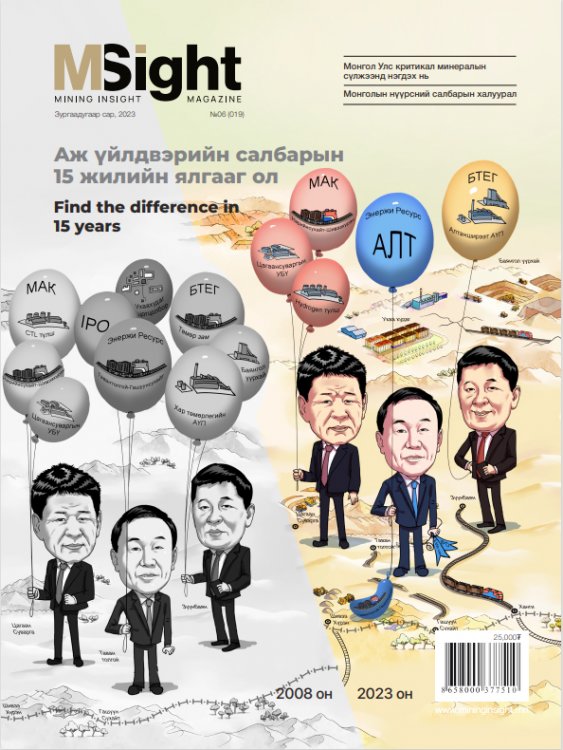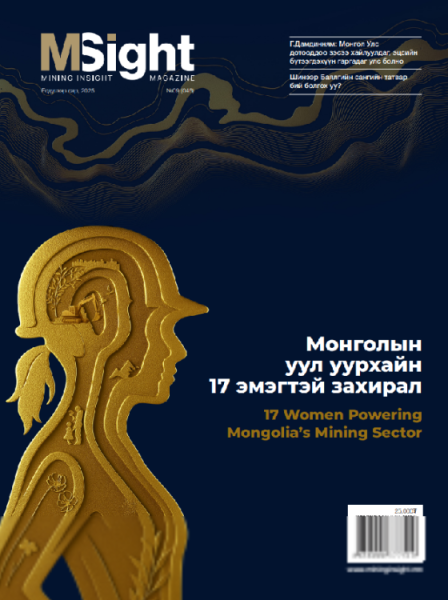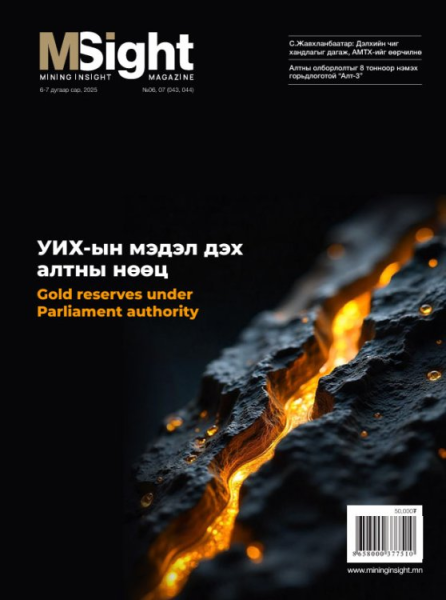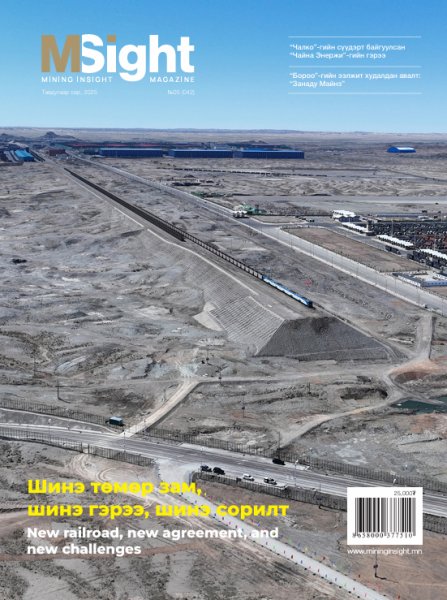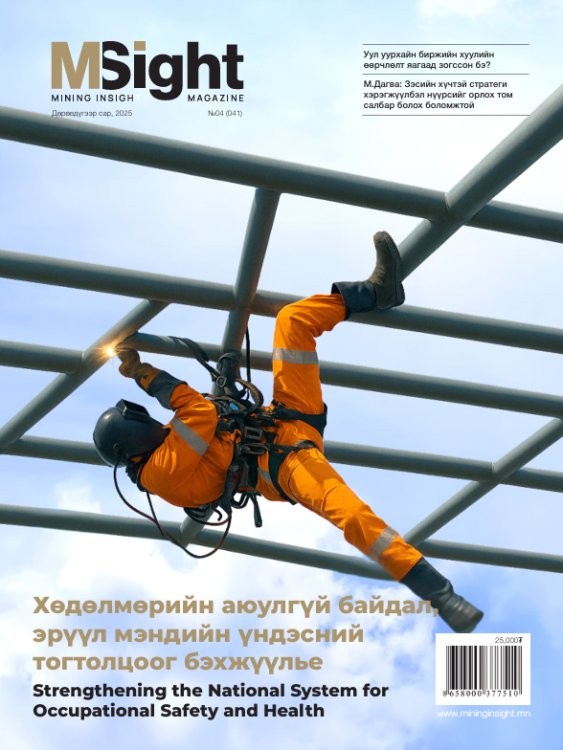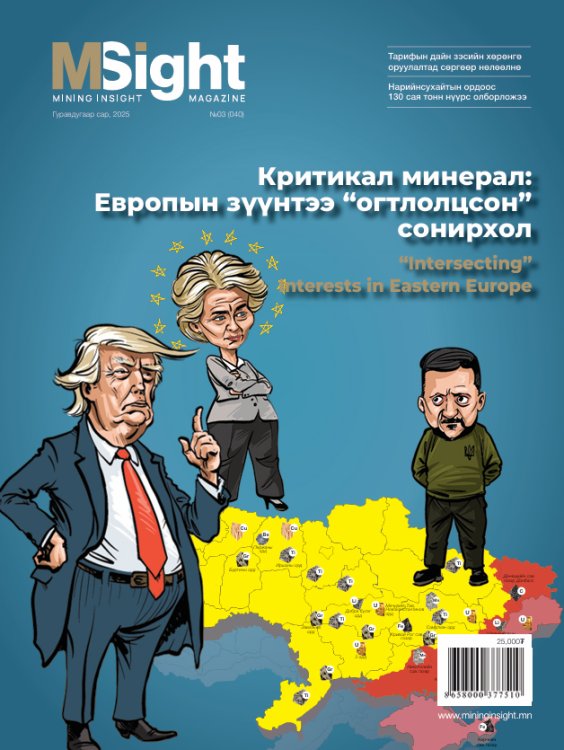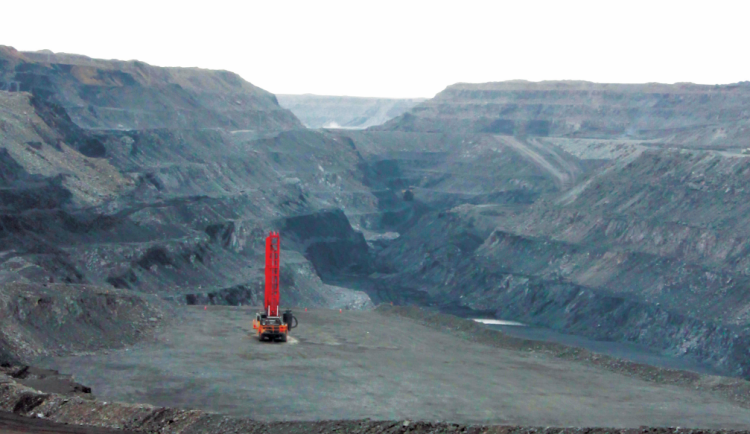 I hope the Mining Insight cover photo serves as a reminder of something important. 15 years ago, our society and the world were standing at the precipice of a transformative era, where responsible development based on our natural resources held the potential for remarkable progress, even in the face of limited resources. As we reflect on the early stages of this shift, it is worth contemplating the visions and aspirations of the influential business leaders who guided our society and the tangible achievements they have accomplished over time. Regrettably, as we look back on the past 15 years, the photographs serve as a stark reminder that many of the things we hoped to preserve and remember have not come to fruition. The three individuals featured on the cover of Mining Insight represent successful businessmen who have emerged as key players in the mining industry during the new era.
I hope the Mining Insight cover photo serves as a reminder of something important. 15 years ago, our society and the world were standing at the precipice of a transformative era, where responsible development based on our natural resources held the potential for remarkable progress, even in the face of limited resources. As we reflect on the early stages of this shift, it is worth contemplating the visions and aspirations of the influential business leaders who guided our society and the tangible achievements they have accomplished over time. Regrettably, as we look back on the past 15 years, the photographs serve as a stark reminder that many of the things we hoped to preserve and remember have not come to fruition. The three individuals featured on the cover of Mining Insight represent successful businessmen who have emerged as key players in the mining industry during the new era. Another common thread among them is their ownership of historical concessions that were granted 15 years ago for the construction of railways through private sector investment. Two decades ago, Mongolia achieved a significant milestone by exporting its coal through the Shiveehuren port. Five years later, Mongolyn Alt LLC (MAK) developed a design for a 47.6 km narrow-gauge railway connecting the Nariinsukhait mine to the port. However, the construction contract for the railway project was nearly abandoned at the eleventh hour. Now, after a 15-year delay, the construction of the railway connecting Shiveehuren and Sekhe Port is finally commencing. In 2008, the Mongolian government made a significant decision to grant the concession for the construction of the TavantolgoiGashuunsukhait export railway to "Energy Resources" LLC. Since then, the history of this project has become well-known among Mongolians. Although the construction of the railway was completed last year, it is regrettable that its full functionality and operationalization have not yet been realized. In 2008, Mongolia stood at a crucial juncture in its development, as it began receiving significant proposals for cooperation in the mineral resources sector from international investors. This sparked a nationwide debate about how Mongolia should share its deposits and assert ownership over its resources.
The fate of projects like Oyutolgoi and Tavantolgoi captured the attention of the entire country, shaping the discourse on defining the nation's development policy. Regrettably, the discussions surrounding crucial aspects such as infrastructure, including transportation routes, became entrenched in partisan opinions. The country lost valuable opportunities as a result, both in terms of habituated practices and the potential industrial opportunities that could have arisen with the development of the necessary infrastructure. This loss of time amounts to 15 years, highlighting the significance of the delay and missed prospects. However, fate or not, it is noteworthy that after 15 years, the Mongolian government has once again placed these three individuals on the "stage," entrusting them with the responsibility of revitalizing industrialization and rekindling hope. Under the New Recovery Policy implemented by the Mongolian government, the establishment of a National I Industrialization Committee has taken place, with the Minister of Mining and Heavy Industry Ganbaatar.J was appointed as its head. The selection of Nyamtaishir.B from MAK, Delgersaikhan.B as the committee's vice-chairmans demonstrates the government's commitment to entrust industrial development to prominent national businessmen. Shortly after this appointment, a National Conference on Industrialization was convened, spearheaded by the Prime Minister of Mongolia. During one of the sessions, Odjargal.J from MCS, Nyamtaishir.B from MAK, and Delgarsaikhan.B from Bold Tumur Eruu Gol came together, attracting significant attention as they shared their insights. Mining Insight contributes to the ongoing discourse on industrialization with its article titled "Find the Difference," authored by Odjargal.E. Through a comparative analysis of the past and present, this article aims to evoke memories and shed light on current policy decisions regarding industrialization.
The Mining Insight team has diligently prepared the comprehensive report titled "Mongolian Coal-2023" upon the request of the "Mongolian Coal Association." It has been an enriching experience for us to compile and present the latest information on Mongolia's coal production in 2022, a period marked by significant shifts in the global coal market. This report offers a wealth of captivating insights and analysis. Notably, coal exports have accounted for a remarkable 51.8 percent of Mongolia's total exports, underscoring the country's continued reliance on coal even in the first half of 2023. Additionally, a new trend has emerged in the form of energy coal exports, which presents exciting opportunities for the industry. To delve deeper into these developments, we invite you to explore the detailed findings in the "Mongolian Coal2023" report. Moreover, this issue of Mining Insight features valuable information on the companies holding special licenses for coal mining, as highlighted in the report.



